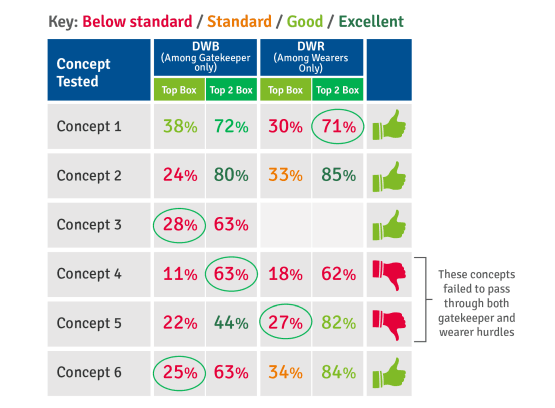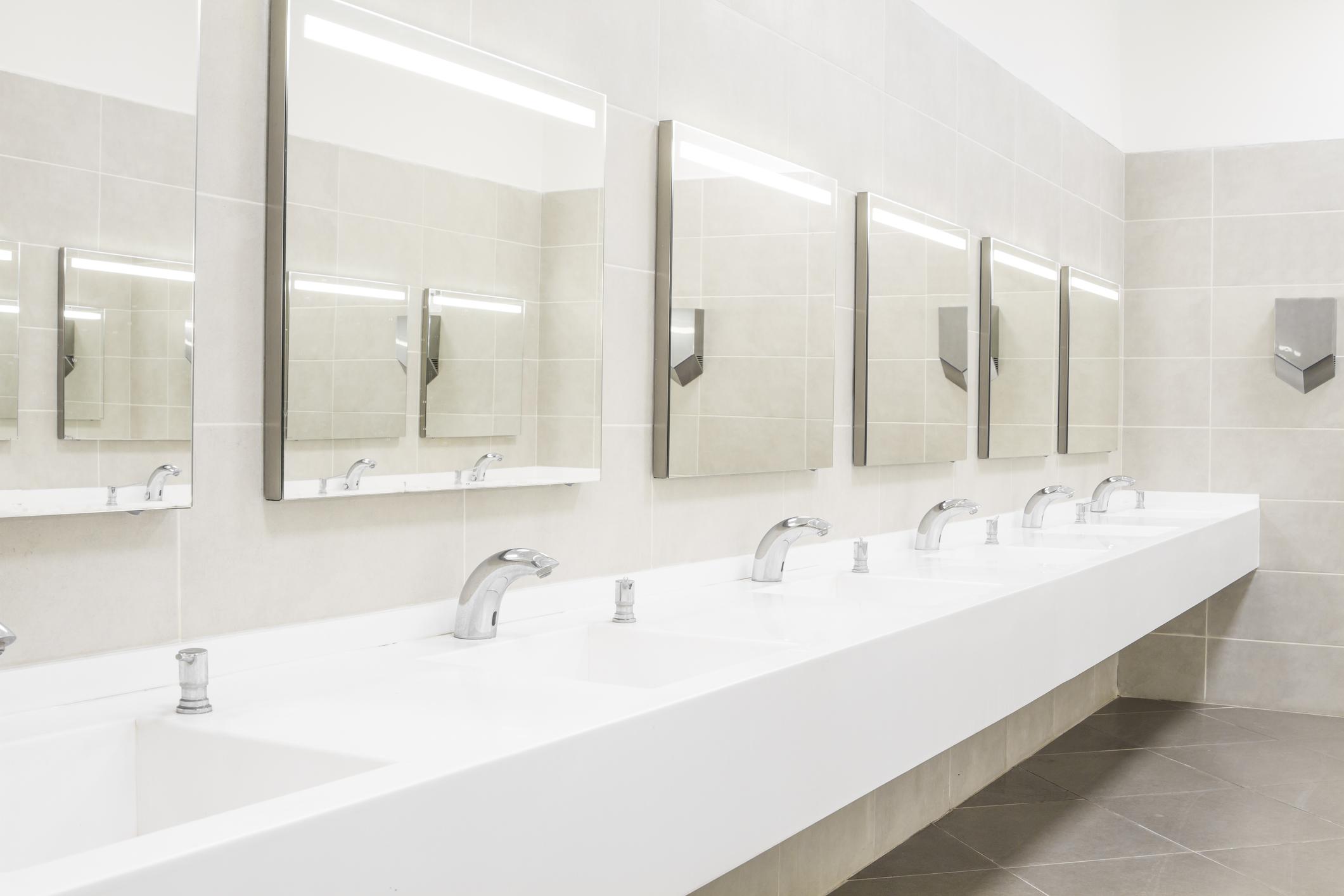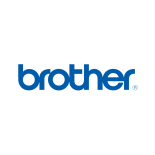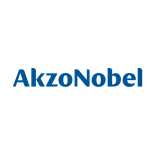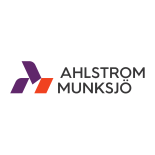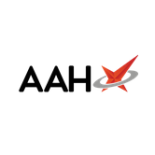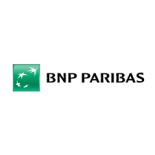Improve the chances of a successful product launch
Our concept validation testing and proposition testing research uses products trials, concept research and smoke tests to fully assess and prioritize concepts and understand which innovations are most likely to succeed in the market.
Many companies struggle to successfully launch new products with as many as nine out of ten product launches failing. Thoroughly investigating whether a product is likely to succeed before launch is vital.

